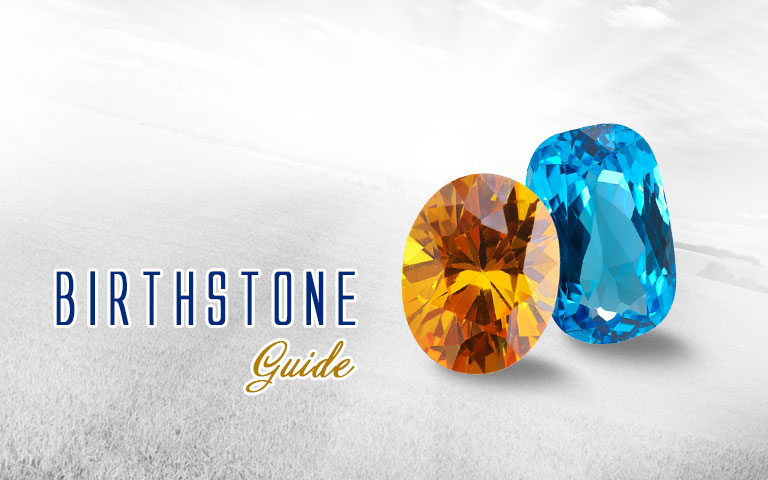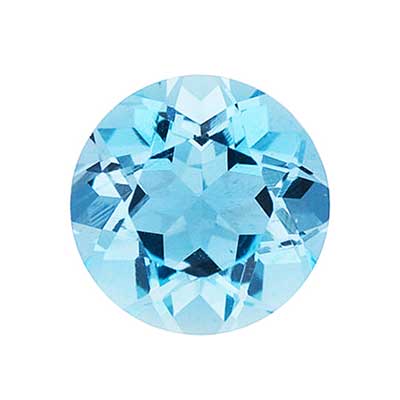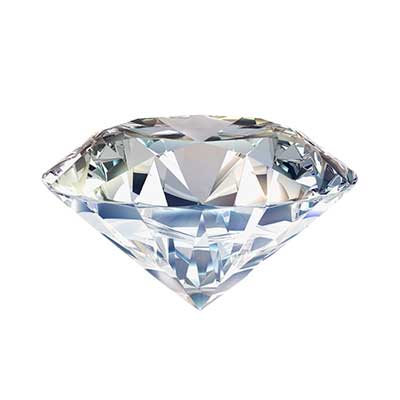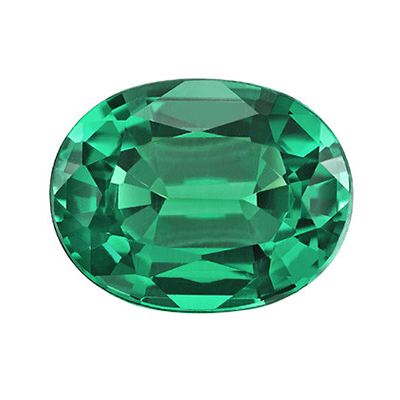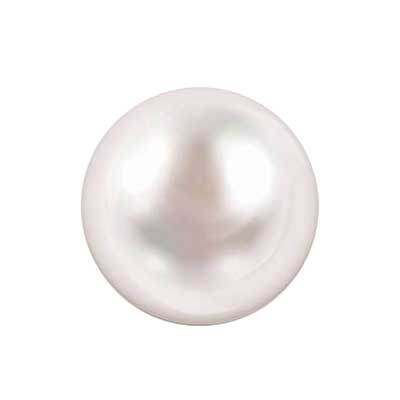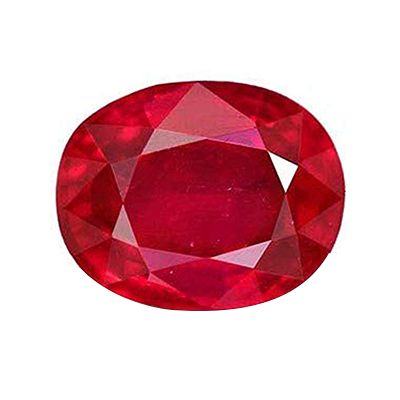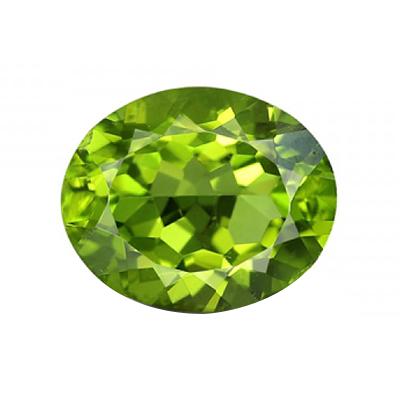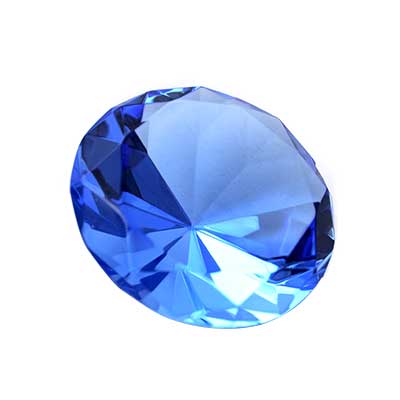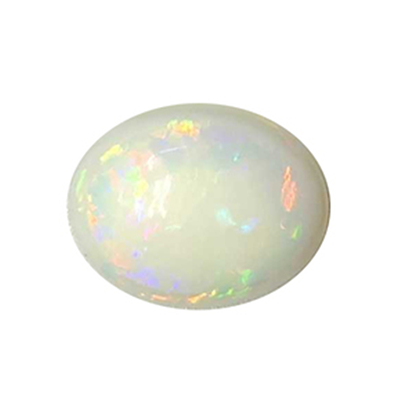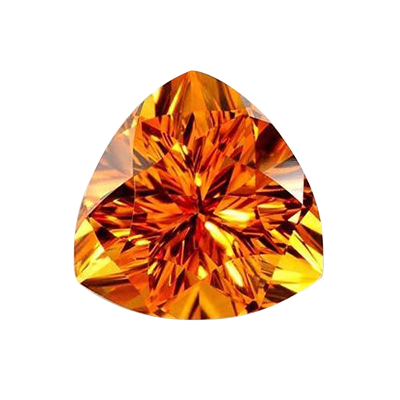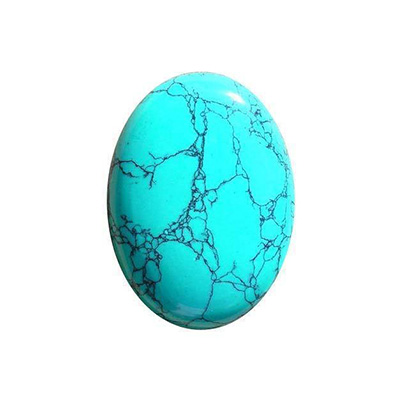
Birthstone Tradition
Birthstone jewelry has been a popular concept for centuries, and can be found in Western and Eastern traditions. Worldwide, this concept has been the same with a gemstone representing the month in which a person was born. However, the gemstones corresponding to the months have changed over time.
The origin of the tradition is generally traced back to the 12 gems set into the breastplate of a Jewish priest as outlined in the Bible. Over time, the concept of having a gemstone that symbolizes various qualities to represent a month became popular.
There were no strict rules and many just focused on the color of the stone rather than the exact variety. For example, both garnet and ruby were used interchangeably as the birthstone for January due to having the same color, while even today tanzanite, turquoise, lapis lazuli and blue topaz can all be used as the birthstone for December as they are all blue stones.
Due to this general confusion, in 1912, the American National Association of Jewelers formally agreed on one standard list of birthstones
GARNET
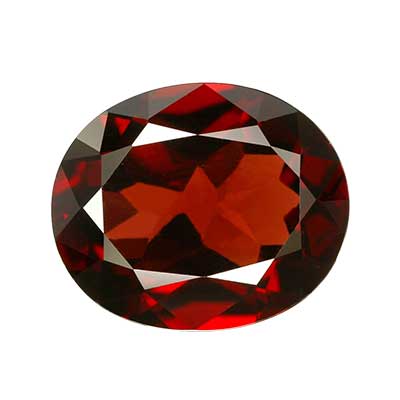
Garnet
Although garnets come in many colors, they are well-known for being a beautiful shade of red. It is one of the oldest gemstones and has been used in jewelry for thousands of years. While garnet and ruby are very similar and can sometimes be confused, a garnet is much more affordable and has a more distinct reddish hue.
January Birthstone Meaning
Garnets have always been viewed as symbolizing devotion and loyalty to friends, family and to oneself. Many believe that garnet brings good fortune when it comes to various ventures such as business. These stones are also prized for their protective and therapeutic healing powers. For those January born who love to travel, garnets are thought to keep travelers safe making this is a perfect gemstone for you!

